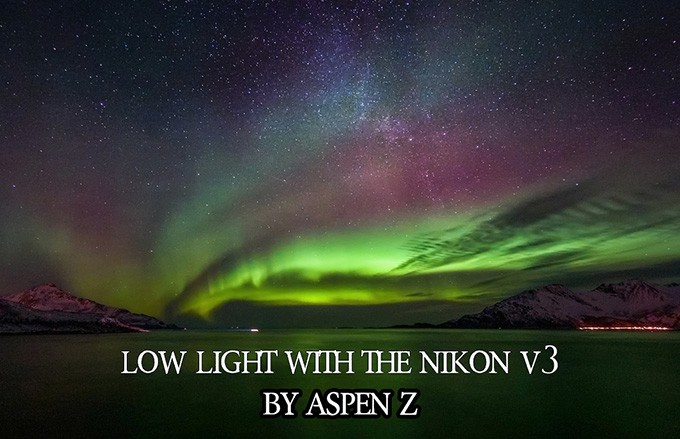
Low light photography with the Nikon V3
By Aspen Z
Hi Steve and Brandon, it’s great to be here again! The last time I posted was when I took the V2 to South Africa where it did the entirety of the trip. Since then, I’ve done many more excursions with it and from the tone of that post it shouldn’t be a surprise that I upgraded to the V3 as soon as it was out.
Most recently, I embarked on a solo trip to Norway with the primary intention of seeing (weather/solar activity permitting) the auroras- a phenomenon I’ve always been fascinated with since young and somewhat sceptical of. Dancing lights of varying colours? Hmm…
There was just a single snowy day spent in Stockholm mainly for ease of flights, but it turned out to be very interesting a place and I’m definitely gonna give it a proper visit someday. For some reason, none of the locals knew where the Nobel Museum was and I found it in a square after crossing a secluded alleyway in Gamla Stan.
Arriving in Tromsø, with skies deep blue, I was abruptly reminded of the possible challenges ahead; polar night just ended and there was no true day to speak of. It meant working with ISOs I’m not usually comfortable with on the V3. I’d admit that there were at least two occasions before the trip I hesitated getting another camera (namely D750) so that I wouldn’t need to fret about noise. Besides, I’ve never photographed the auroras before and common advice online suggested full-frame cameras, fast lenses and possible weather-proofing. There was no telling if the V3 would fail me on multiple levels.
I did learn a few things, some are tips from the perspective of a first-time aurora shooter, others just discoveries in general.
1) Unofficially, the V3 handles up to -16°C or heavy snow with no problem. I frankly believe most modern cameras can perform in conditions beyond their ‘limits’, much like how the Galaxy S5 can go underwater but isn’t given a special mention for it likely due to unnecessary warranty claims.
2) Test run a shot, i.e. do the highest ISO possible on your camera with a shorter shutter speed and adjust as needed. Suggestions of ISOs, exposure times and other aspects vary wildly from site to site and there’s no telling what light conditions were present or lens they used for such settings. Unfortunately for the V3, the sightings were during the new moon so the landscapes were very dark. Worse still, there’s not a fast ultra-wide lens for the N1 and it meant working with a relatively slow f/3.5. 90% of my shots warranted 15-30 seconds shutter speed with ISOs 1600/3200. These settings are typically not recommended due to noise (and they’re referring to full-frame!) but I knew trying ISO 800 and pushing up exposure was much worse in the V3. My focus was manually adjusted to infinity dialled back a notch. Be sure to check beforehand how long a shutter speed you can pull off before star trails become a problem.
2) The V3’s virtual level was immensely helpful (note: not the same as grid lines!). Except for the occasional compositional advantage, I couldn’t afford to crop with such light conditions/settings and wasting it on straightening horizons is entirely avoidable! Also, the tiltable touchscreen meant easy adjustments and no need for remote shutter.
3) The batteries drain faster but no faster than constantly using AF-C for motorsports/birding (in terms of duration). Warming up a frigid battery did restore some of its charge. I got through a night with two batteries, each left with the final bar of charge.
Autofocus, as with its predecessors, was a joy to use and very swift even in poor light. At no point did the V3 falter and the magical twilight colours of Tromsø were captured accurately. The N1 lenses in general have stunningly good stabilization (rivalling IBIS?) and typically give you 5 stops of advantage (with the infrequent 6-7 stops from time to time on telephoto lenses). Viewing Tromsø after a cable car ride, I decided to settle with the 32 prime for composition, forcing ISO 6400 due to no stabilization, and it was then I really missed the lenses with VR. Reine was my last destination and I was greeted with much milder weather. The days were just a bit longer and the bright red Rorbu cabins with seaweed sprawling along the intertidal zone lent contrast to the dull light and snowy mountains.
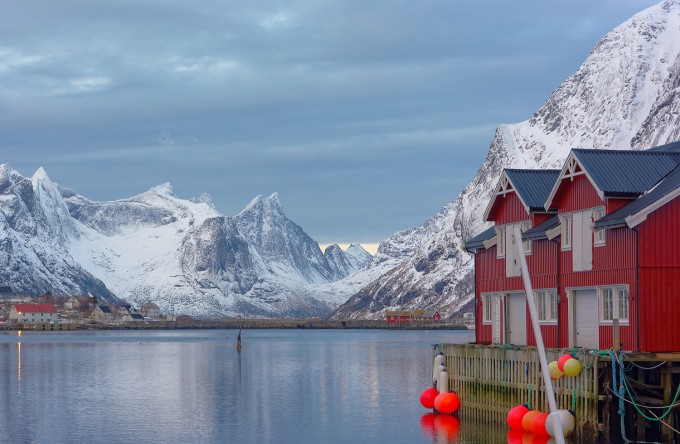
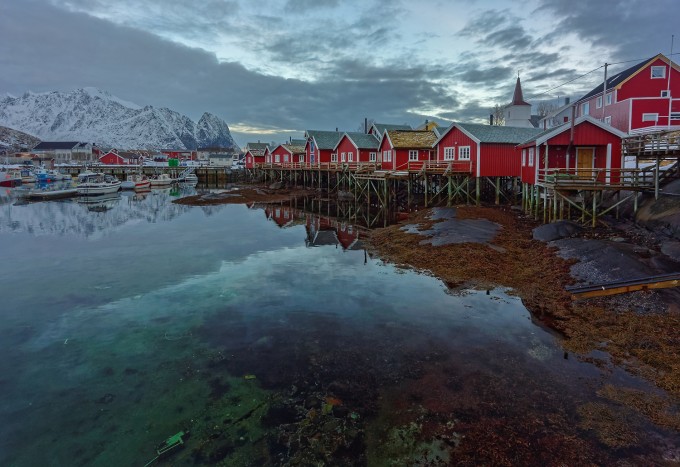
The auroras were indescribably amazing, with many colours in every form and shape, and they would disappear, capriciously, at times, only to reappear with greater intensity than before. They renewed in me a sense of awe so rarely experienced after childhood. My photos might have been better with a full-frame camera but I’m pleased with the V3’s output and glad that it shared such an experience with me.
More photos to be found here:
https://www.flickr.com/photos/aspenz/sets/
—

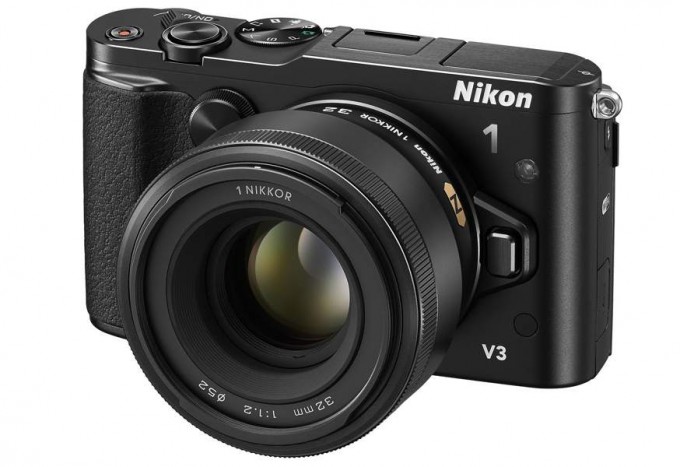
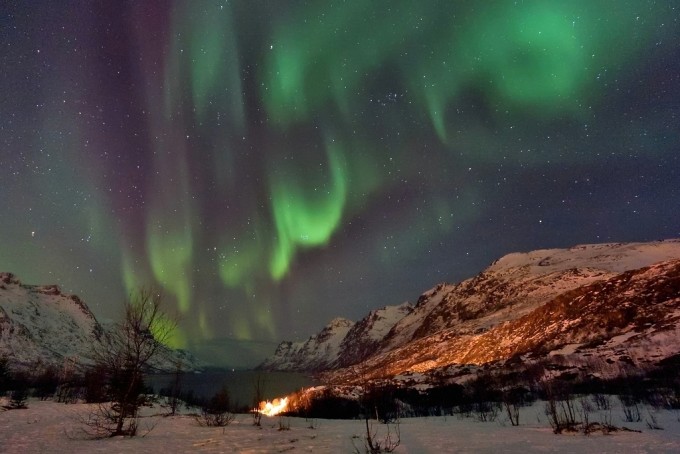
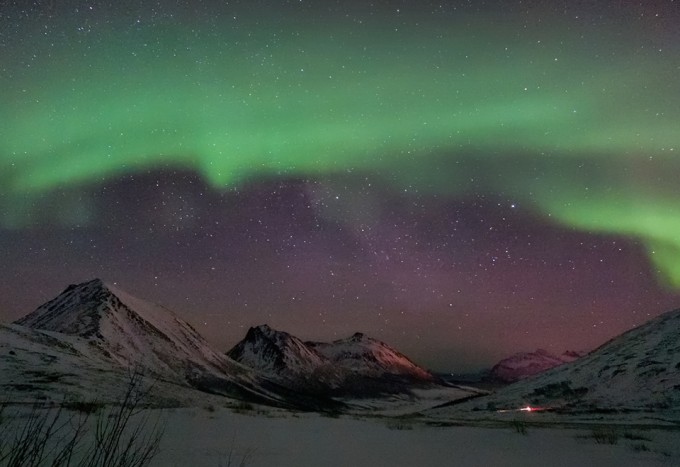
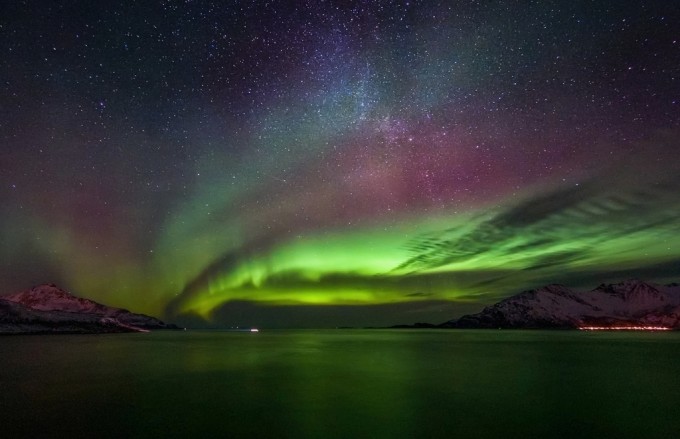
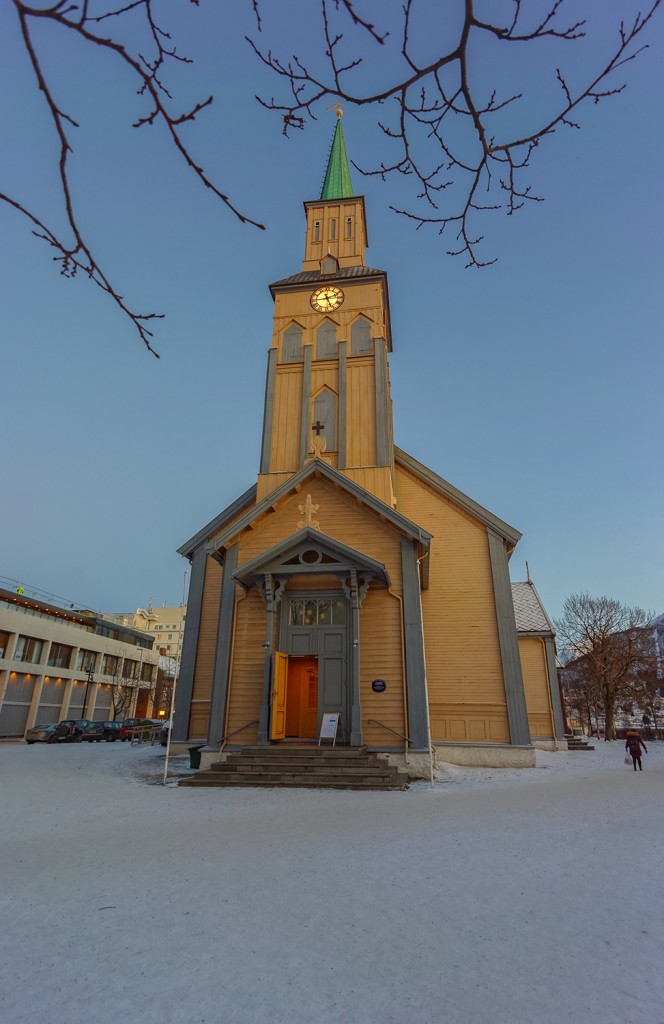
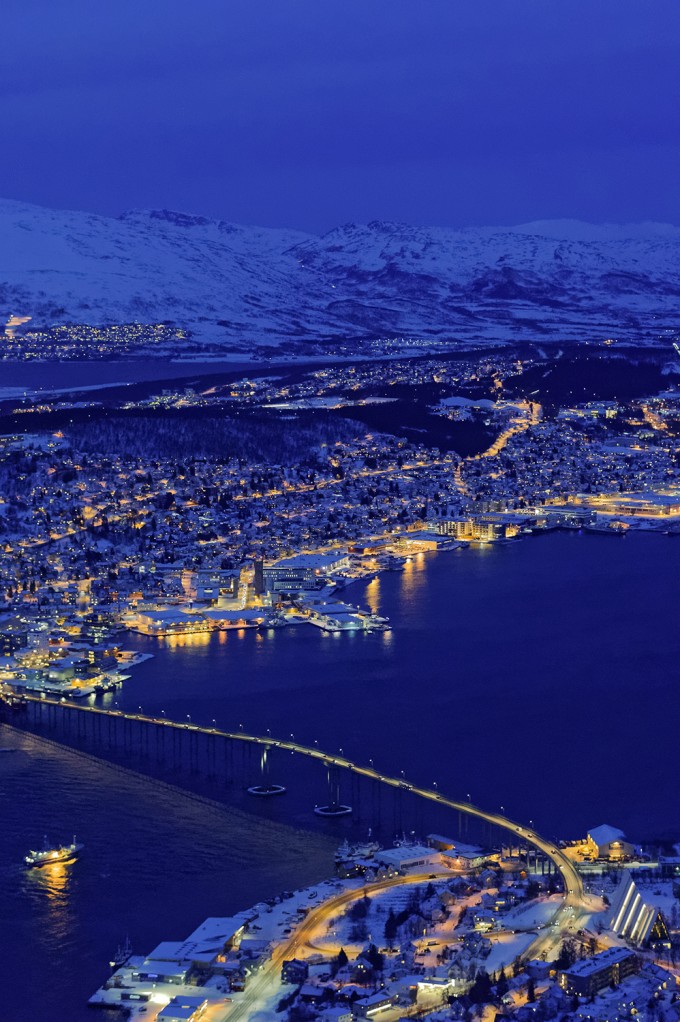
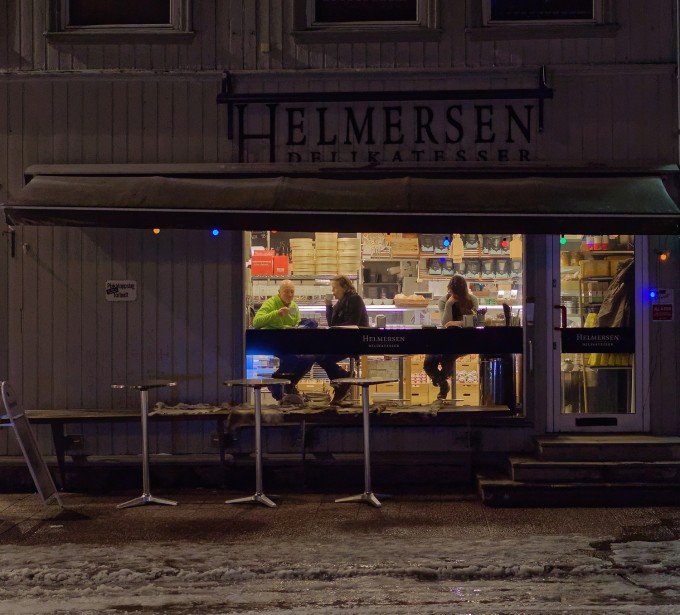

Really beautiful images and great article…makes me want to go back to Europe to explore the sights of Norway…I have a V1 and have been toying with ‘upgrading’ to a M43 (or APSC) mirrorless camera. But I find the V1 autofocus in good or poor light to still be top notch compared to much higher spec’d competition….
Beautiful images and a very interesting article. Thanks for sharing!
Absolutely stunning shots, envy +++
Thank you so much for sharing the capability of this undervalued little cam!
Amazing pictures – especially in this light situation! I love my V3 too and totally agree, that if you love your gear – you´ll get great results!
Thank you again!!
Aspen, your pictures are truly excellent! Being extremely pleased with the N1 system myself I am constantly trying to improve on the IQ quality from these great cameras ( in my case V1 & V2), but I simply can’t match your post processing skills. Do you mind sharing your PP routines, just briefly? Thanks.
It’s basically adjustment of highlights/shadows and overall tonality to get the right exposure (not blowing highlights or just blowing acceptable areas). I also tend to dial in very little contrast since I’m not a fan of that punchy ‘deep blacks’ look. I’ve meddled around with a lot of post-processing software and have found CNX2 to be the worst in rendering N1 images (imo) but its control points, accurate auto-levels and high fidelity when it comes to colour output and chroma noise reduction still make it worthwhile. LR5 offers you a very convenient way to make general adjustments and has better sharpening/recovery of blacks/shadows. Finally, DX10 is unsurpassed in cleaning up noise with its Prime technology (frustratingly slow, so only really worthwhile for high ISO shots) and gives even greater highlight recovery than with the other two products. My general post processing (right now anyway) involves a mix-n-match situation of those three software.
Thanks so much, Aspen. I can easily follow your reasoning. I am so happy with CNX2 for my DSLRs but simply can’t control it when it comes to – especially – sharpening and noise reduction for the N1 cameras (in particular V2). For example, your PP work on the 6400 ISO pic of ‘Tromsø from above’ is pretty remarkable in my eyes and so far I have not been able to do anything like it with CNX2.
Unfortunately my mind is extremely resilient when it comes to new software but from what you’re indicating I simply have to try and learn LR and DX10 in order to get the best out of the N1 cameras.
Thanks again, so useful!
Thanks everyone! I’m glad you guys like them, positive feedback keeps me going when I’m feeling particularly uninspired.
Fabulous pictures. camera of course, irrelevant ;^)
Must get to experience the northern lights someday. /notes on bucket list.
Beautiful pictures and thanks for sharing. I’m sure you enjoyed the trip all the more for not having to lug the bulk of a full frame DSLR around with you, allowing you to enjoy the moments all the more. You’re clearly at one with your tool of choice and it’s great that you’ve found a good fit with this camera. Look forward to seeing more from you.
Beautiful photographs!
These are great shots. It’s obvious that you can make great photos with any camera you use. As they say, “love the one (camera) you’re with”. Heres an idea, faux brass your V3 and sale it on Ebay for $24K…just kidding of course…but an idea!
Best Regards,
Howard
Yepp I’m a total believer in liking your gear. If one doesn’t like their camera and is constantly looking for upgrades, I think the photos will show.
Your idea isn’t that far-fetched considering all those pure gold and Hasselblad cameras in the market nowadays, hahaha.
Very nice indeed. I have a V1 and 6.7-13mm but I have yet to come close to anything like these shots. Hopefully one day.
Wow ! Great photos. Thanks for sharing.
Nice images from that little power-house camera Aspen Z!
You should definitely be pleased, they’re beautifully done. And, it’s incredible, the performance available from the new small cameras.
Oh yeah… That’s what I’m talking about (first three)
Had original J1 London Olympics
Sitting near press photographers with their huge kit
Knowing the J1 was shooting 60fps 🙂
Upcoming Canon 1″ with built in 24-600 F2.8-5.6
Gonna be The travel camera for me.
Wow, these are stand-out photographs. Well done!
Aspen, these are wonderful photographs. I bought a V1 mainly based on the review by Steve and have added the 18.5 & 30-110 lenses to the standard kit. I have toyed with changing over to a MFT camera such as an OMD but can’t justify it at the moment. I bought the V1 when it had dropped in price as originally it was overpriced (and Nikon have done the same with each subsequent model!) Is the V3 a significant upgrade, in terms of picture quality, over the V1 &V2?
I personally see it although many don’t. You get one stop more (ISO 6400 usable) depending on ambient lighting and resolution is clearly far superior (18mps and no AA filter).
Some find the price very off-putting and for that price, in your situation, you might actually be better served by the amazing 32 prime. I wouldn’t recommend it tbh unless you’re a bit of a N1 fanatic like myself!
Seems like a very understated little camera
Superbe pictures!
*superb
Amazing shots – great little camera! Can’t wait for the v4 announcement and drop in price for the v3.
Mike
I’m even excited about the upcoming J5 announcement just to see where N1 is at the moment!